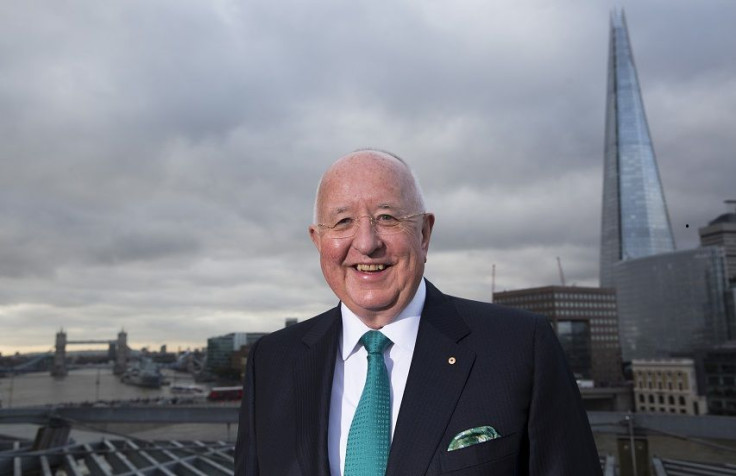Rio Tinto to approve South Embley bauxite expansion projects soon

Mining major, Rio Tinto (LON. RIO) will soon approve the revival of its long-stalled US$1 billion (AU$1.38 billion) South of Embley bauxite expansion project Australia. Rio Tinto is the world's second-biggest bauxite miner and bauxite is the essential input for producing aluminum.
The project has been facing trouble from protracted delays in official approvals and opposition from environmental groups. The South of Embley project is critical to Rio Tinto's success in the bauxite mining business in the region, reports Reuters.
Recently, company’s CEO Sam Walsh visited the project site, during a trip to Australia, indicating the new interest in the project. There was no official reaction from Rio Tinto.
The Australian Financial Review said in a report that Rio Tinto expects the South of Embley project in Weipa area of Queensland to be as lucrative as its Pilbara iron ore mines. According to estimates, the project will initially produce 22.5 million tonnes of bauxite each year, in which 10 million tonnes will be replacement tonnage for Weipa. The capacity will be progressively expanded to reach 50 million tonnes a year. The project is central to Rio's attempt to grab a substantial share in seaborne bauxite trade.
Environmental impact
To mollify the concerns of environmentalists who are citing worries over the impact on Great Barrier reef from increased shipping activity, Rio's environmental impact statement shows a moderate shipping traffic. The company expects an increase of up to 700 ships leaving its bauxite port annually. But an increase in the number of ships servicing the new gulf port during construction and beyond is also foreseen, added the AFR report.
Reshuffle
Meanwhile, Rio Tinto reshuffled its top leadership and scrapped the managing director post in Australia. It led to the exit of MD for Australia operations, Phil Edmands in November. In the reshuffle, the company has made the MD position redundant.
Rio's iron ore chief, Andrew Harding has now taken over the managing director's role. Rio confirmed Edmand’s departure on Nov. 23.
“With Rio Tinto iron ore chief executive Andrew Harding assuming country responsibility for Australia, he will also take over the key functions of the managing director Australia role,” a spokesman for the mining company said, reports The Sydney Morning Herald.
Coal has future
Despite the climate change mitigation initiatives of governments aimed at curbing the use of coal, Rio Tinto is still upbeat that coal will continue to have its future in the world’s energy mix, at least for the next 50 years.
“Even if you take a 50-year perspective, thermal coal will continue to play a very important role in the energy equation,” Jean-Sebastien Jacques, head of coal and copper at Rio Tinto Group, said at the Bloomberg Address in Sydney. He said the demand from countries including India will ensure that coal continues to be in use in power plants.
For feedback/comments, contact the writer at feedback@ibtimes.com.au or let us know what you think below.





















